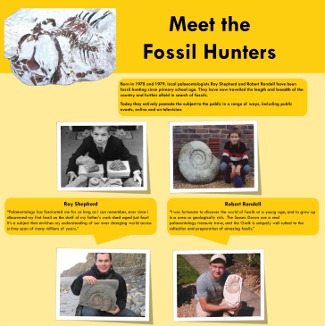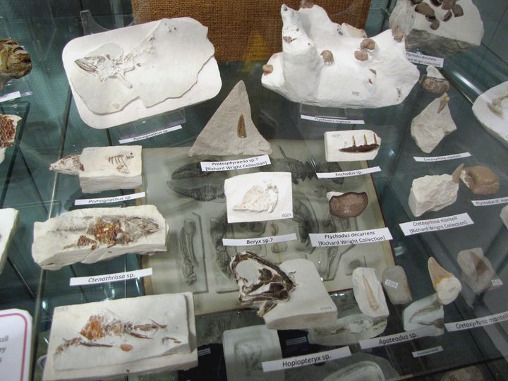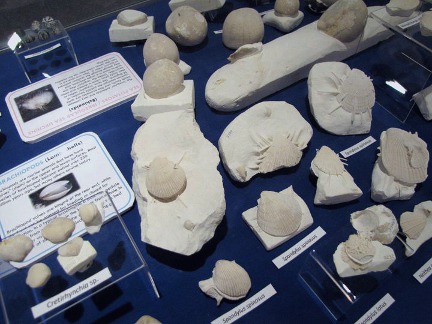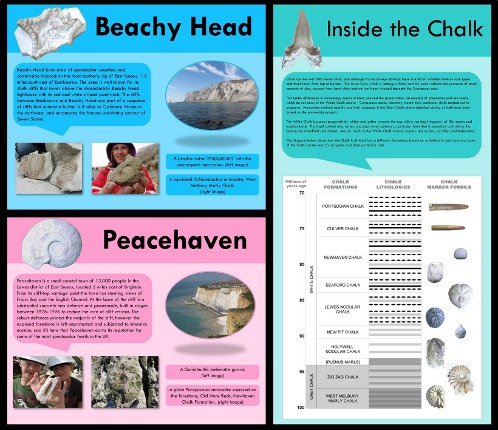|
Littlehampton Museum
Display |
View the Video Tour (FileSize: 22.0MB)
In March to April 2011 the Discovering Fossils team had a display of Chalk fossils at Littlehampton Museum, West Sussex. The display was based primarily around the activities of Discovering Fossils and the collections of Roy and Lu Shepherd and the author, but also featured specimens from the collection of prolific Kent collector Keith Little, and material from the collections of Richard Wright, Nigel Manning, and Martin Ellis. The exhibition sought to promote local interest in fossil collecting, and also to put on display some of the rare and spectacular Chalk fossils that have been unearthed in recent years by the fossil collecting community.

|
Roy and the author have been avid collectors of Sussex Chalk fossils from an early age, and both having grown-up in the Littlehampton-Worthing area. Roy's first exhibition of fossils at Litttlehampton Musuem was at age 12, but the Shepherd collection has grown substantially since then. The Randell and Shepherd collections contain a wide variety of common and scarce Chalk fossils from the quarries and coastal sections of Sussex, as well as many Flint specimens from Sussex beach gravels.
| |

|
Left: The main display cabinet containing a variety of Chalk ammonites, crustaceans and vertebrates. Right: A selection of vertebrate remains, including scarce articulated bony fish remains and and rare associations of Ptychodus shark teeth.
| |
Left: Attendees at the exhibition preview view the starfish and regular echinoid display case. Right: Display case mainly containing bivalves and irregular echinoids, but also sponges, corals, bryozoans, worms, brachiopods and gastropods.
| |
| |

|
